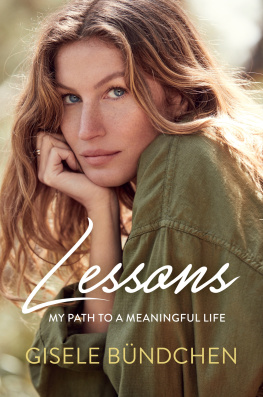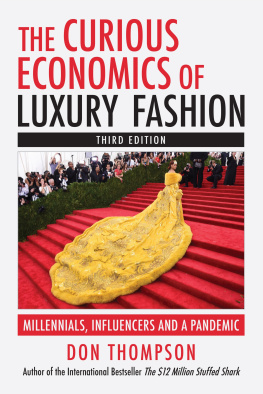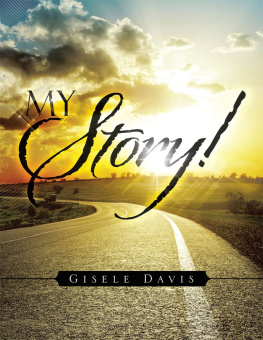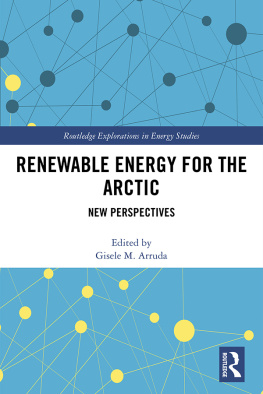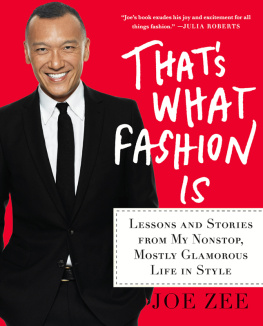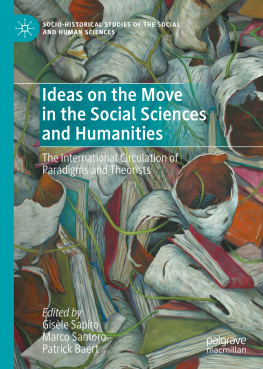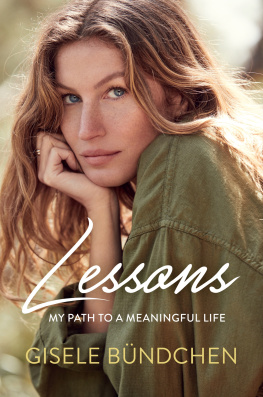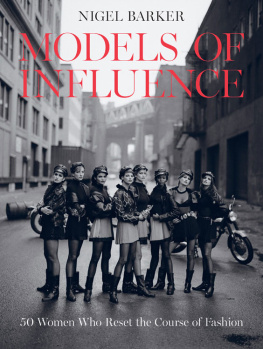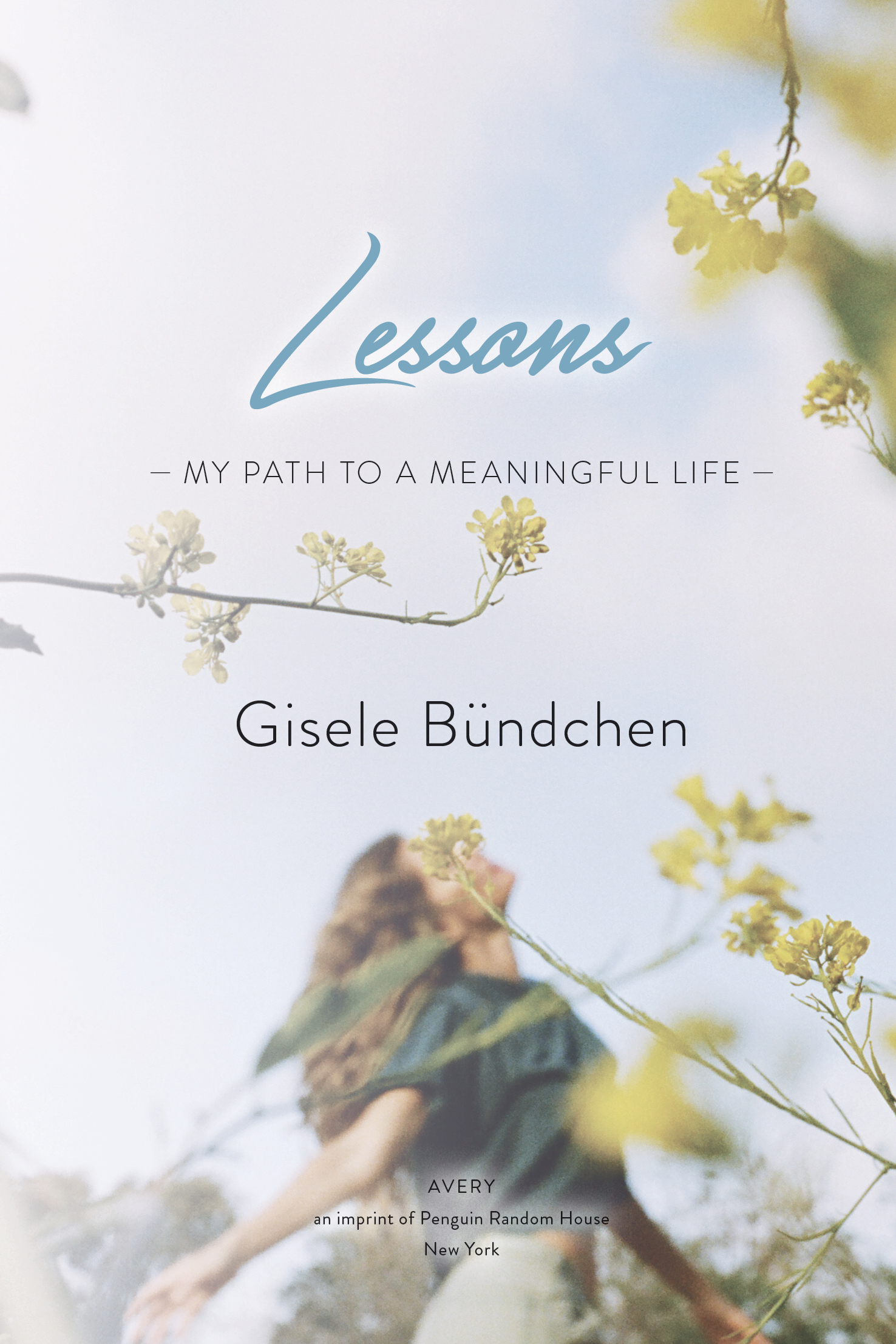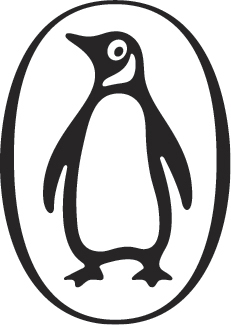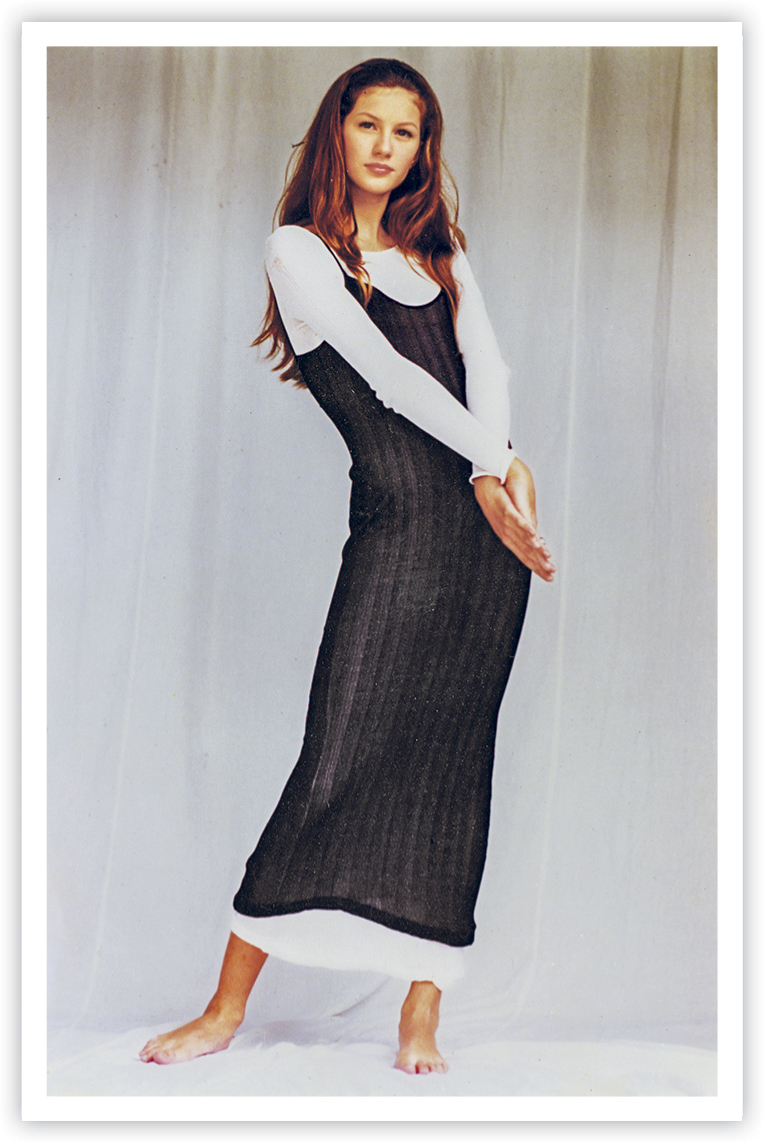Text copyright 2018 by Gisele Inc.
Photo on Lalo de Almeida.
Penguin supports copyright. Copyright fuels creativity, encourages diverse voices, promotes free speech, and creates a vibrant culture. Thank you for buying an authorized edition of this book and for complying with copyright laws by not reproducing, scanning, or distributing any part of it in any form without permission. You are supporting writers and allowing Penguin to continue to publish books for every reader.
Neither the publisher nor the author is engaged in rendering professional advice or services to the individual reader. The ideas, procedures, and suggestions contained in this book are not intended as a substitute for consulting with your physician. All matters regarding your health require medical supervision. Neither the author nor the publisher shall be liable or responsible for any loss or damage allegedly arising from any information or suggestion in this book.
Penguin is committed to publishing works of quality and integrity. In that spirit, we are proud to offer this book to our readers; however, the story, the experiences, and the words are the authors alone.
Thank you for your love, for being the light of my life, for being the most incredible teachers, and allowing me to travel on new roads, discovering deeper meanings and purpose. You are my inspiration every day to do all I can to make the world a better place. Amo vocs.
INTRODUCTION
This photo was taken for my first modeling book when I was fourteen years old.
If my intention was to write a straightforward chronicle of my life so far, the fast-cut version might go like this:
My name is Gisele Caroline Bndchen. Ive worked as a fashion model for the past twenty-three years. I was born in 1980 and grew up in Horizontina, a small town in southern Brazil, an hour from where you cross the river to enter Argentina. Im fifth-generation Brazilian of German descent on both sides. My parents spoke German with each other and Portuguese to my five sisters and me. I am a middle child, and as kids, my twin sister, Pati, and I used to argue about which one of us was the third or the fourth in age. When I was growing up, I wanted to be either a professional volleyball player or a veterinarian.
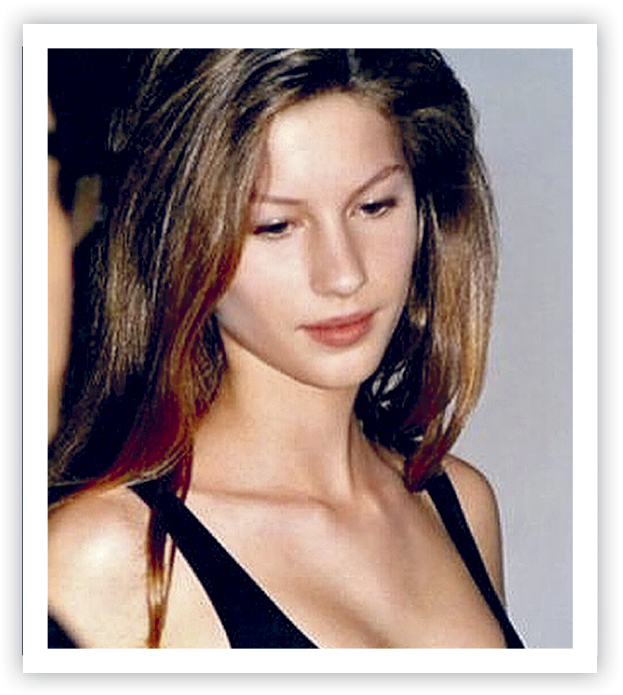
Me during the finals for the Elite Model Look contest in So Paulo, 1994. I was fourteen.
When I was thirteen years old, my mom, who worried about my bad postureI was already 5 feet, 9 inches tallenrolled two of my sisters and me in a local modeling course. At the end of the course we got to go on a special trip to Curitiba, So Paulo, and Rio de Janeiro. The bus ride there felt endless, twenty-seven hours long. Some of the mothers came with us, including mine. At a So Paulo mall, a man came up to me with a classic creepy-guy line: Do you want to be a model? Mom! I yelled, and over she ran. But heZeca was his namewas for real, a scout for the Elite Model Management. When we went to his offices, he told my mom she should enroll me in a national contest, Elite Look of the Year, and so she did. I couldnt believe it when I won second place, which came with a round-trip plane ticket to Ibiza, Spain, so I could model in the Elite Model Look world contest. It was my first time on a plane, my first trip outside Brazil. Somehow I ended up as one of the ten finalists. Everything was happening fast, fast.
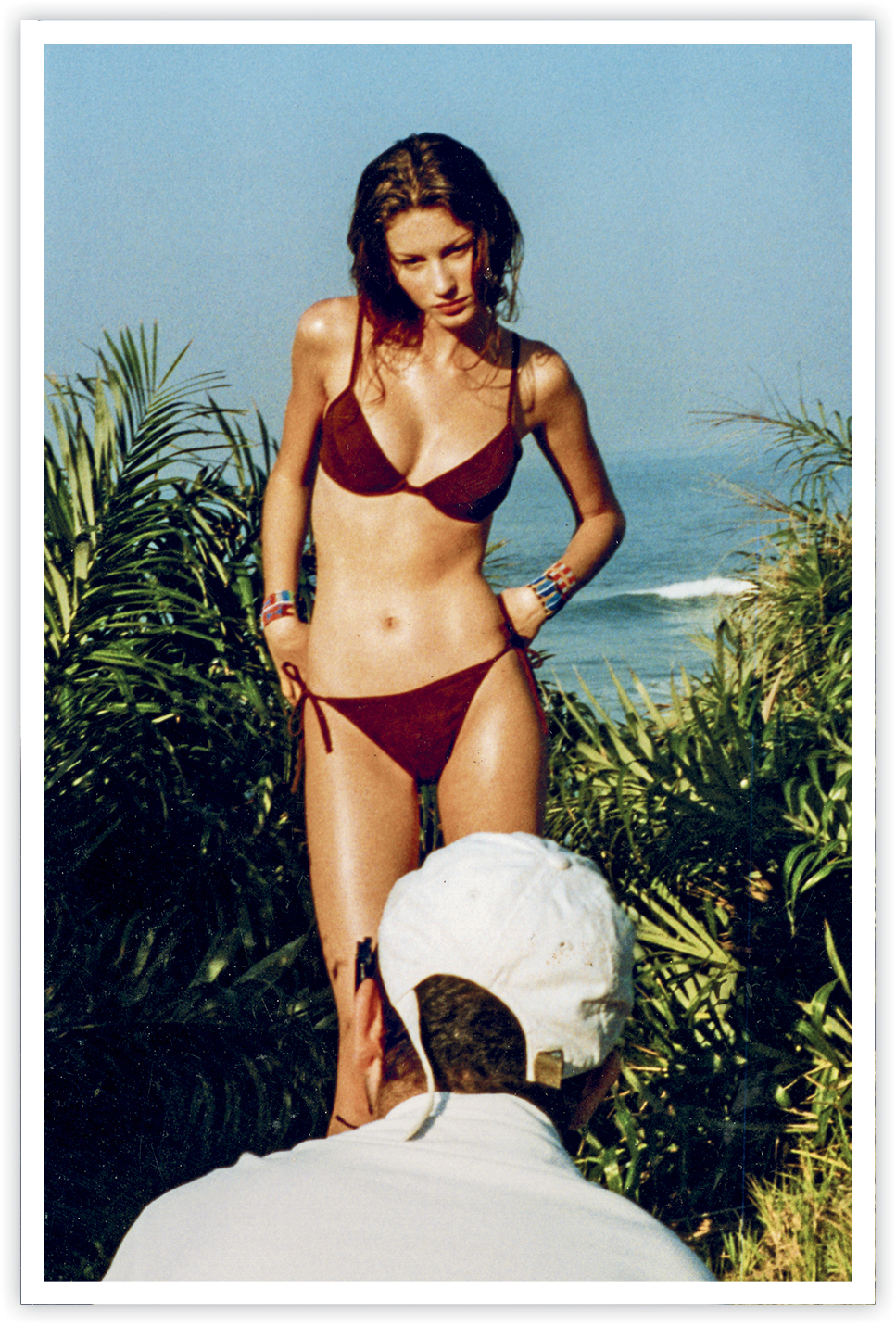
An early behind-the-scenes shot from when I was sixteen and shooting in Rio de Janeiro.
A year later, in 1995, I moved to So Paulo to launch my modeling career. I was fourteen. As you can imagine, moving from a small town of only 17,000 people to the largest city in Brazil was a big change. After I spent a few months working in So Paulo, the agency sent me to Tokyo, Japan, where I lived for three months doing catalog work. My first big break came a few years later in London, when the designer Alexander McQueen selected me to model in his ready-to-wear show. I went down the runway without a shirt, petrified, a white top painted on at the last minute by a makeup artist, as artificial rain poured down from the ceiling. After the Alexander McQueen show, the industry gave me a nicknameThe Bodywhich stuck.
In 1999, I modeled for Versace, Ralph Lauren, Chlo, Missoni, Valentino, Armani, and Dolce & Gabbana. Vogue magazine chose me to represent the end of the heroin chic era of modeling. That year I was on the cover of French Vogue and three times on the cover of American Vogue. The headline on one feature story was The Return of the Curve. I ended that year winning Vogues Model of the Year Award. In spring 2000, I modeled for Marc Jacobs, Donna Karan, Calvin Klein, Christian Dior, Prada, Valentino, and many other well-known brands in New York, Milan, and Paris. From 1998 to 2003, I appeared in every one of Dolce & Gabbanas fashion campaigns, and from 2000 to 2007, I was one of the Victorias Secret Angels. In the past twenty years Ive appeared on 1,200 magazine covers, 450 fashion editorials, and walked in nearly 500 fashion shows. I deliberately took a step back from modeling in 2015, as I wanted to focus more on my family and personal projects. The last time I walked on a runway was during the opening of the 2016 Summer Olympics in Rio. I came down the longest runway Ive ever been on while a pianist played Tom Jobims The Girl from Ipanema. It was electrifying! It felt like the culmination of everything that had gone before.
Everything above happenedthough Ive left out all the details. Its the story of the public me. But the life Ive lived in public has very little connection to who I really am, or what matters most to me, or what I believe in and want to give back to the world. The irony is that though Im known for my work as a model, Ive never felt that the person on the runway or in magazines and TV commercials was me. In school in Brazil Id been mocked by my classmates for my height and my weight and my appearance. I dont believe any level of success as an adult completely changes how you saw yourself as a child.
So when I began modeling, even though I supposedly had a models physique, I felt awkward. It didnt help my confidence when some people in the business told me that my eyes were too small and my nose and boobs were too big. At age fourteen, nothing felt more unsettling or made me feel more self-conscious than a designer telling me I was pretty, or a photographer telling me how to stand, or an editor commenting on my body or my breasts or my eyes or my nose as if I werent even in the room.

